[Tips] [XShell] [Xftp] Transfer files between Windows desktop and Linux virtual machine

Step 1: Take the environment##
First of all, you must have a virtual machine. It is recommended to install Centos. In fact, it feels similar to Ubuntu and Fedora. However, in the scenes I have seen, Centos has a relatively high appearance rate.
Go to the official website: CentOS-8.2.2004-x86_64-dvd1.iso, download this, about 8G.
Then, download an XShell, XShell6, and find a trusted software download store. I use 360 Software Manager. The official website is stuck.
Xftp is also downloaded by the way, anyway, it will be downloaded sooner or later.
I won't talk about the installation process. If the virtual machine is not connected to the Internet, it is commonplace.
The virtual machine can't connect to the Internet again? Eat fresh with one trick!
How should I put it, there are more such tutorials on the Internet, you can try them one by one.
Step 2: Establish diplomatic relations##
First of all, you must know the Linux IP, no matter what method you use to connect to the Internet.
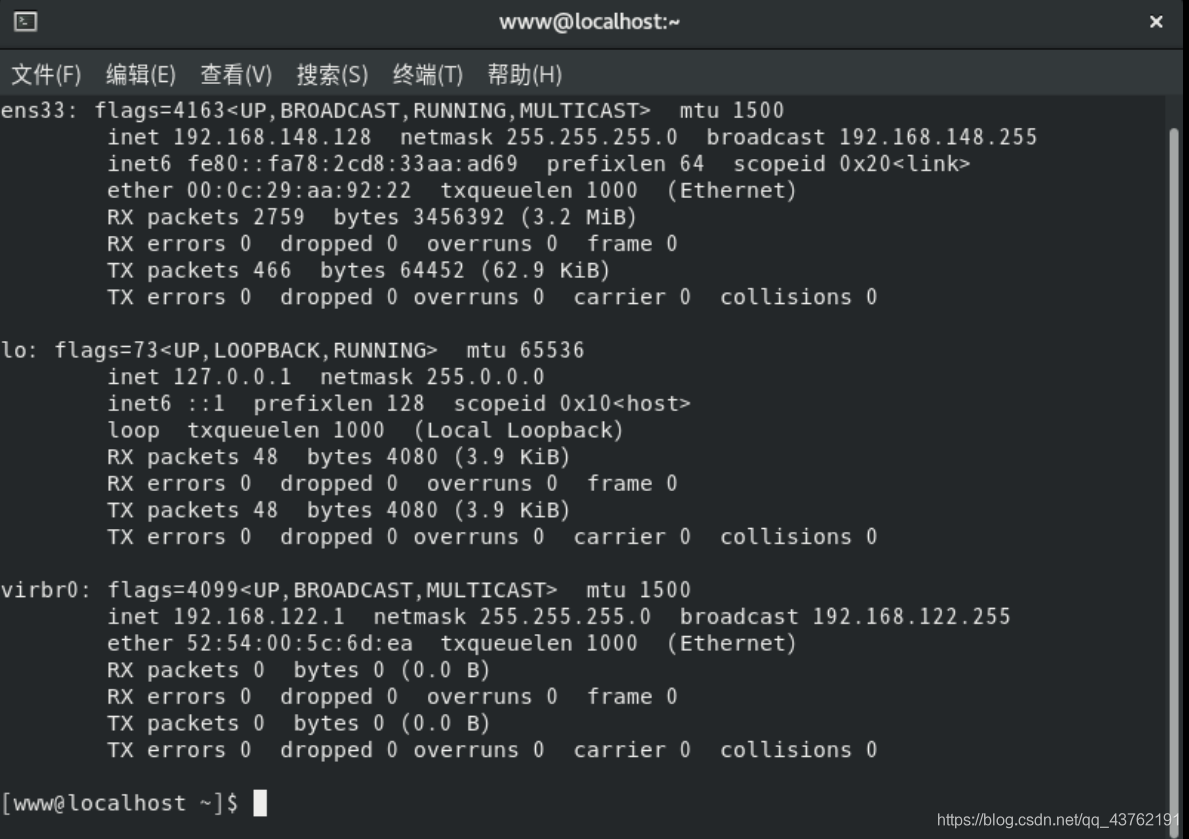
Then you need to know who you are:

Here is www
Don't think that you are root after you turn to root. You can turn to root and then who again.
Then open XShell, it will pop up a new box by itself, if not, click it to create a new session:
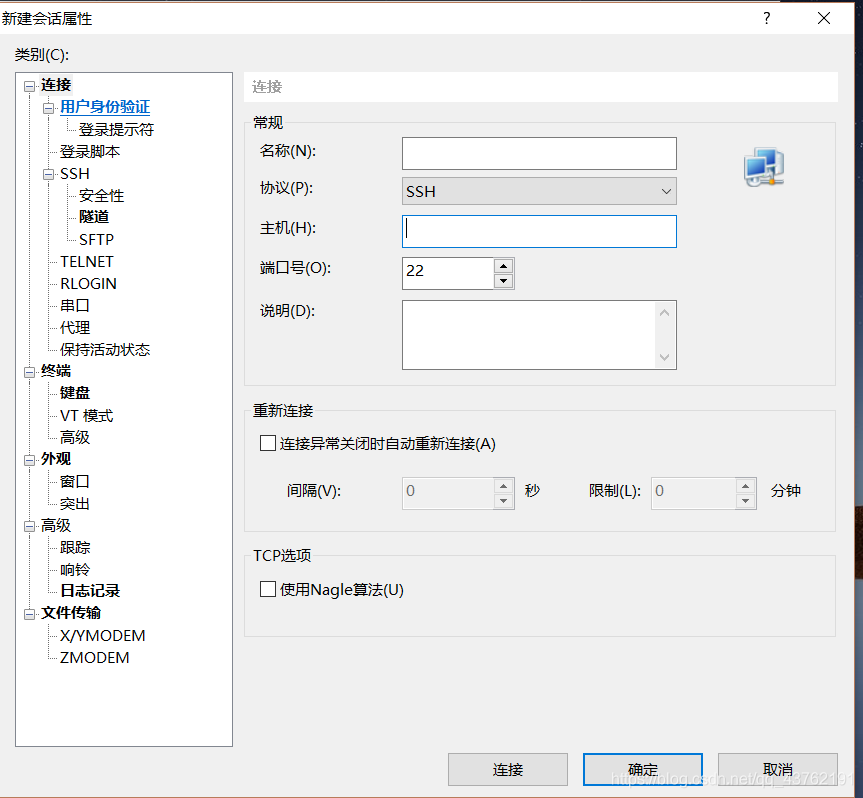
Fill in the IP, and the name is also IP, so you can recognize it.
Click OK and it will let you fill in the user. At this time, I will fill in the www, and then fill in the password, and it will connect.
The connection is successful like this:
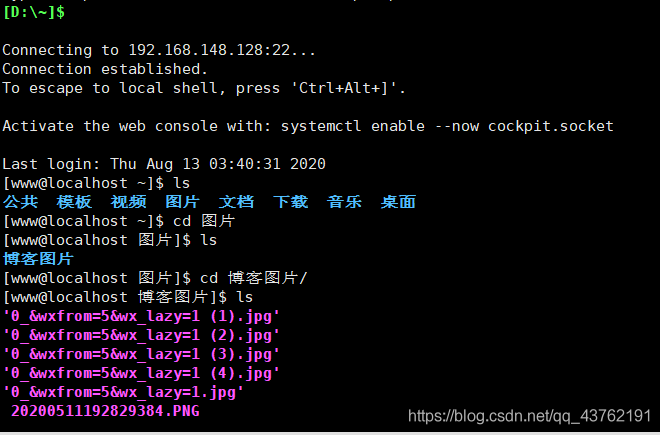
You can see the file directory under the virtual machine by clicking ls.
If the connection fails, create a new session.
If it fails again, go to see the IP and firewall.
If it fails again, restart it.
If it fails again, it is not normal.
I also failed when I first connected, saying that the information was not entered, and then I opened a new session and saved the information.
file transfer##
Now, the toolbar:

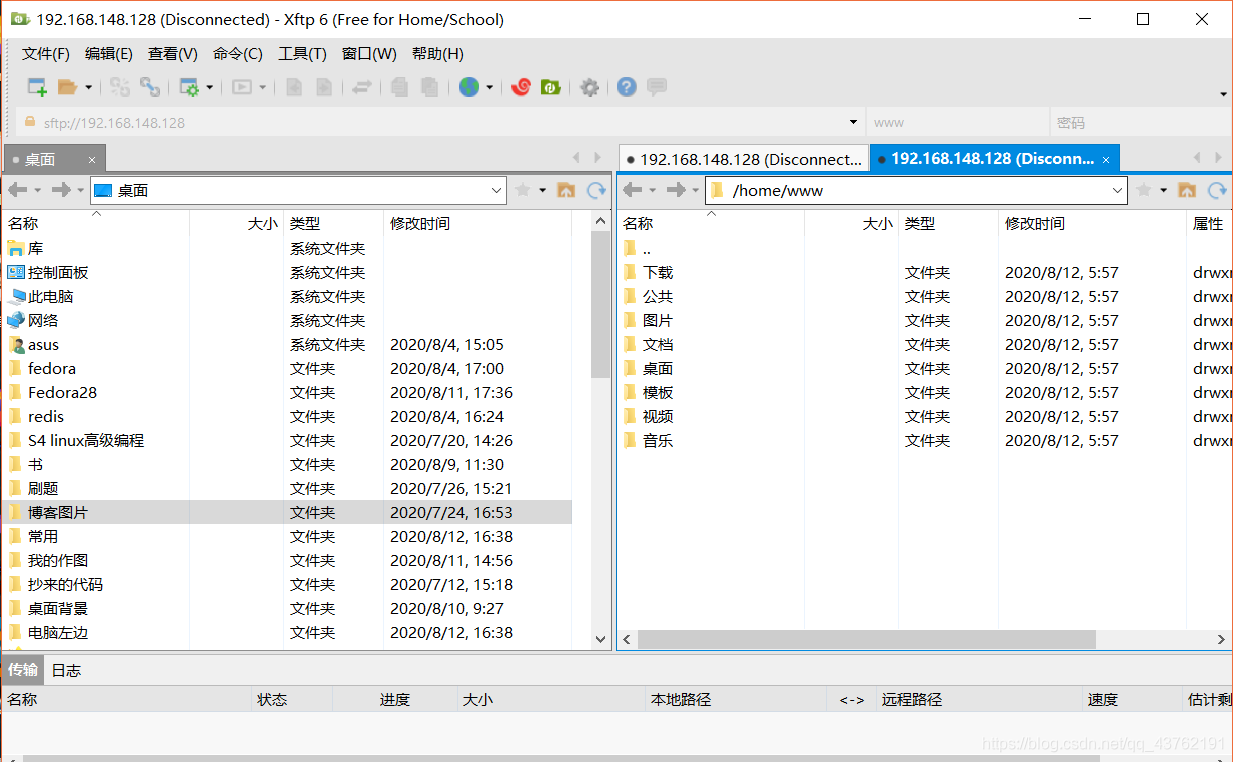
Windows is on the left and Linux is on the right.
Drag directly.
I dragged the "blog pictures" folder over:

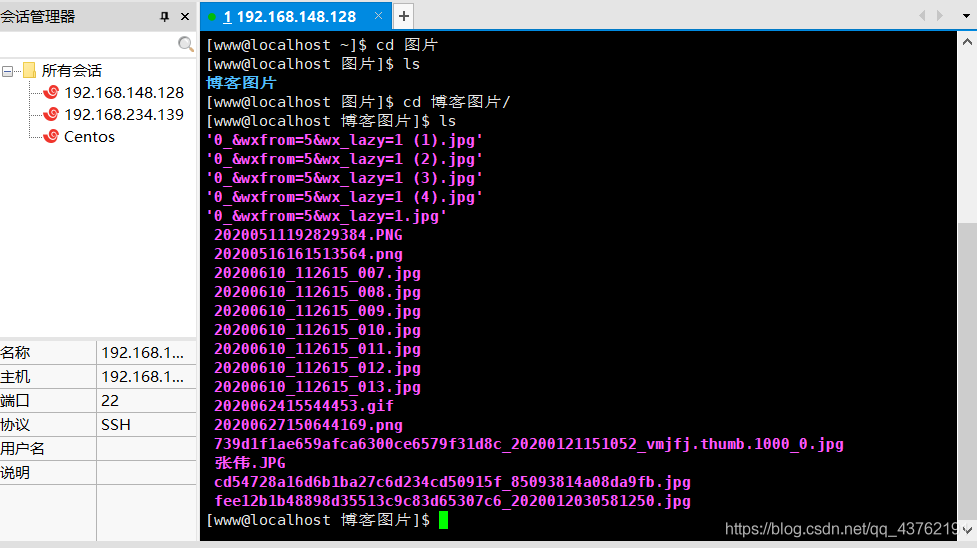
Use XShell, there is another advantage, it can input Chinese. .
Recommended Posts